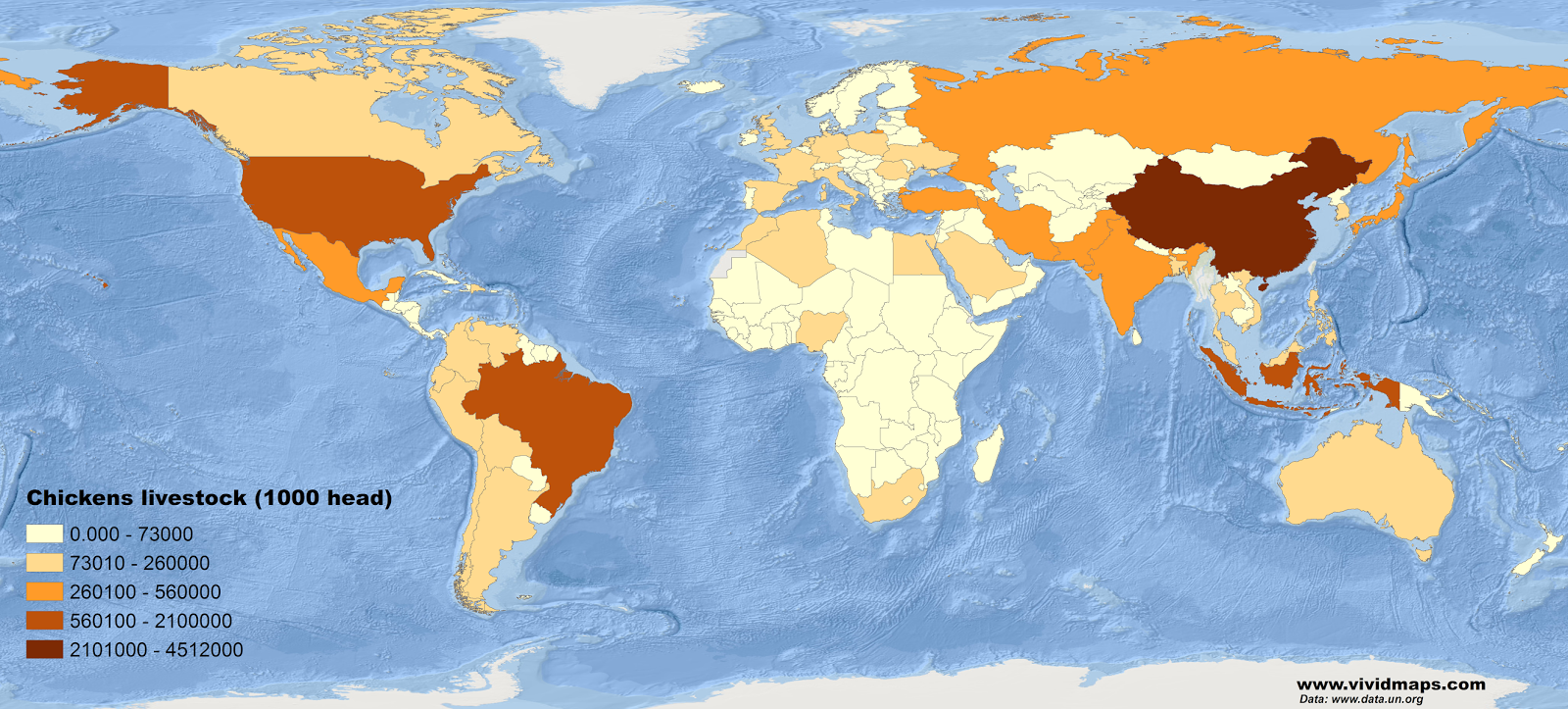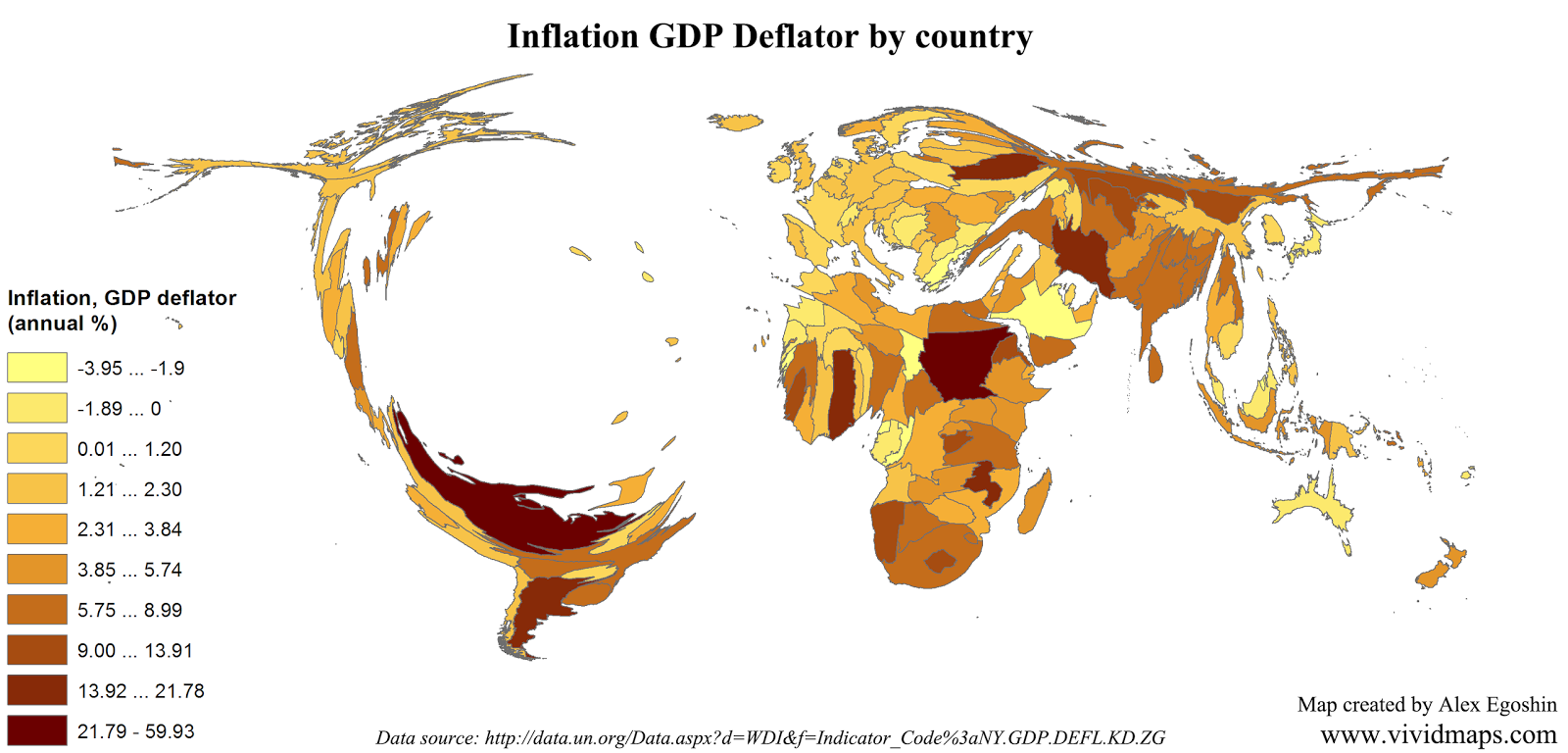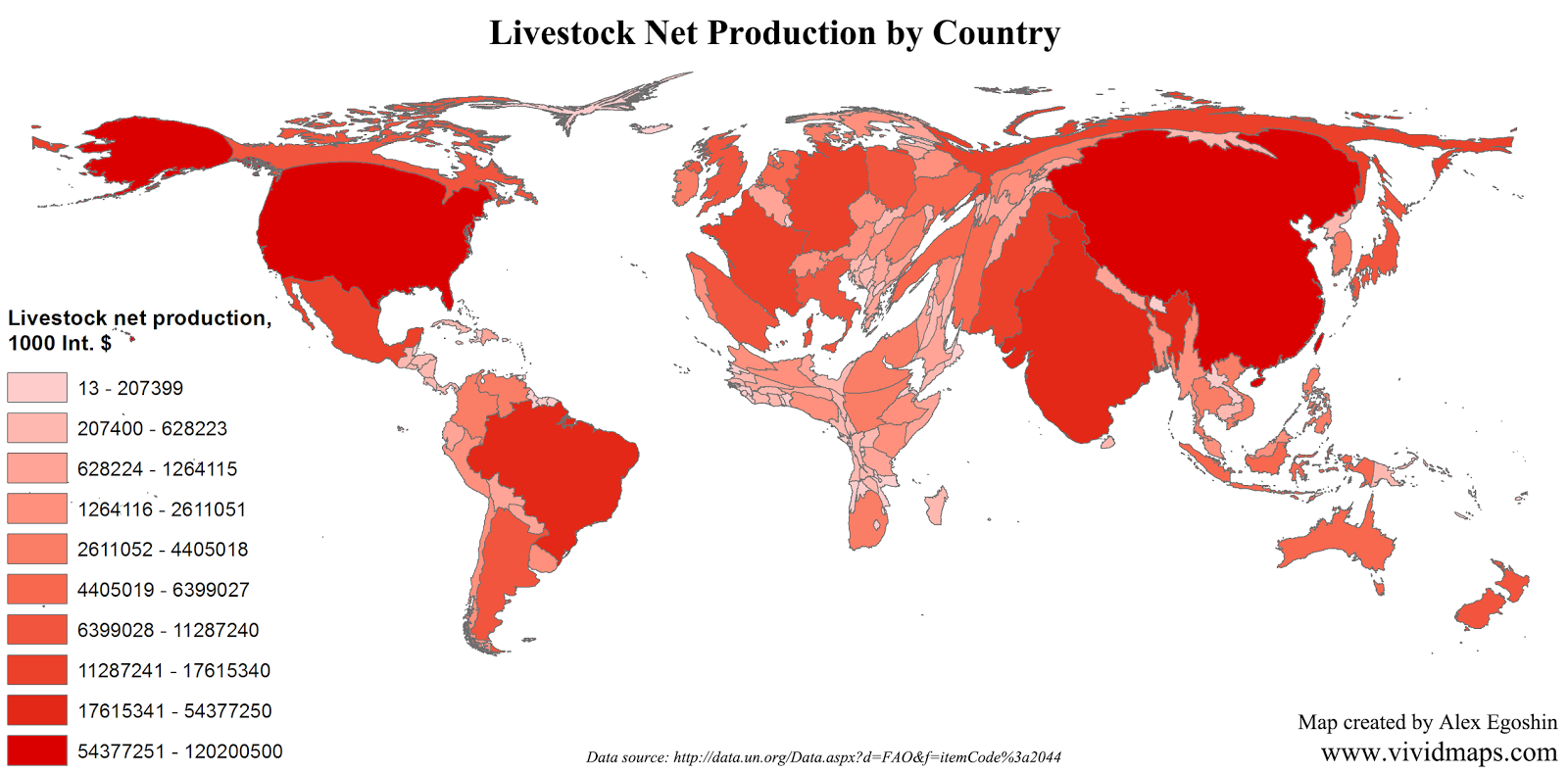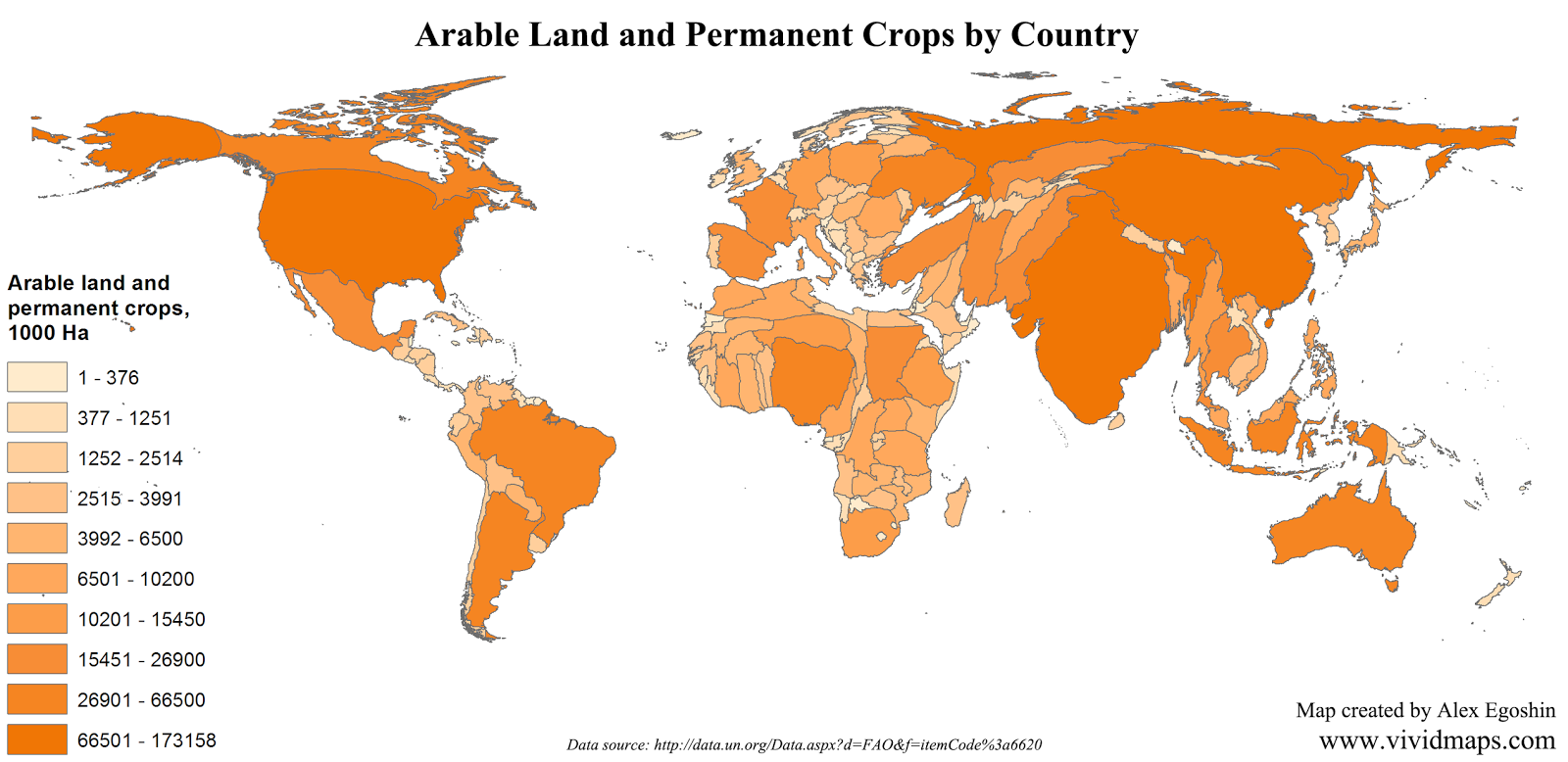Empire of Japan at its height
The Japanese Empire, also known as the Empire of Japan, was a historical state that existed from the Meiji Restoration in 1868 until the end of World War II in 1945. During this period, Japan underwent a rapid process of modernization and imperial expansion, becoming a major world power.
The Meiji Restoration marked a turning point in Japanese history, ending the feudal era and establishing a centralized government under Emperor Meiji. The new government implemented a series of political, social, and economic reforms that aimed to modernize Japan and catch up with the Western powers.
Under the slogan of “rich country, strong army,” Japan embarked on a policy of industrialization, modernizing its infrastructure, promoting education, and adopting Western technology and military practices. It also sought to expand its influence abroad through territorial acquisitions.
From the middle of the nineteenth century, Japan began to see a colonial empire on the Western-type as one of the traits of state power and political modernity.
In 1895, Japan emerged victorious in the First Sino-Japanese War, gaining Taiwan and the Pescadores Islands from China. In 1904, Japan also defeated Russia in the Russo-Japanese War, securing its control over Korea and parts of Manchuria. These victories established Japan as a major regional power in East Asia.
During the early 20th century, Japan’s imperial ambitions grew, leading to its invasion and colonization of several territories. In 1910, Japan annexed Korea, making it a colony until the end of World War II. Japan also occupied parts of China, including Manchuria, and established the puppet state of Manchukuo in 1932.
In the 1930s, Japan’s militaristic government became increasingly dominant, and expansionist policies gained momentum.

For a decade after the aggression of Manchuria in 1931, the Japanese extended their control over the territory known as the “Greater Far East Asian Co-Prosperity Sphere”. Not until the battle of Midway in June 1942 was their momentum stopped. The map below, created by Reddit user MUNKIESS, shows the Japanese Occupation Zone on 4 June 1942.
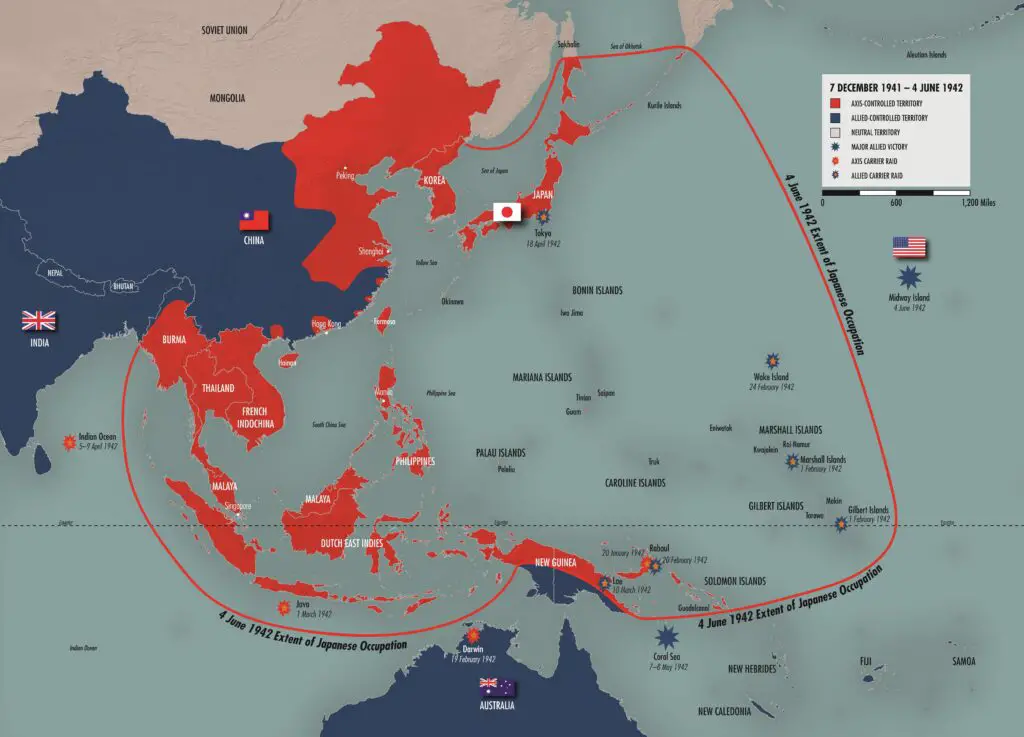
In 1937, Japan launched a full-scale invasion of China, which marked the beginning of the Second Sino-Japanese War. This conflict later merged with World War II in 1941, when Japan attacked the United States naval base at Pearl Harbor.
During World War II, the Japanese Empire sought to create a “Greater East Asia Co-Prosperity Sphere” under its control, encompassing various Asian nations. However, Japan’s military campaigns faced significant setbacks, and by 1945, the Allied forces, led by the United States, had successfully pushed back Japanese forces in the Pacific theater.
The war reached its conclusion in August 1945, following the atomic bombings of Hiroshima and Nagasaki by the United States. Japan formally surrendered on September 2, 1945, marking the end of the Japanese Empire.
Here is another map that shows the empire of Japan at its height.

Want to learn more about Empire of Japan? The following books and audiobooks may be of interest:
- The Japanese Empire: Grand Strategy from the Meiji Restoration to the Pacific War
- The Rising Sun: The Decline and Fall of the Japanese Empire, 1936-1945
- Empire of the Sun
- Japanese Empire: A History from Beginning to End
- A War of Empires: Japan, India, Burma & Britain: 1941–45
- In the Ruins of Empire: The Japanese Surrender and the Battle for Postwar Asia
- Japan at War in the Pacific: The Rise and Fall of the Japanese Empire in Asia: 1868-1945


